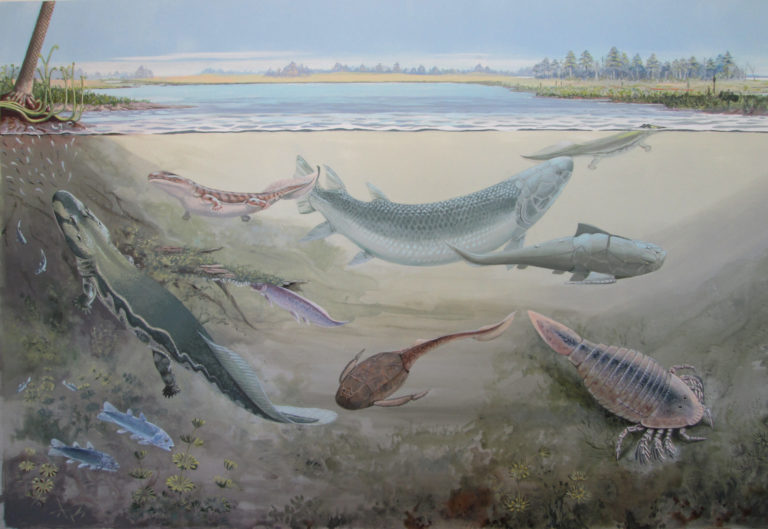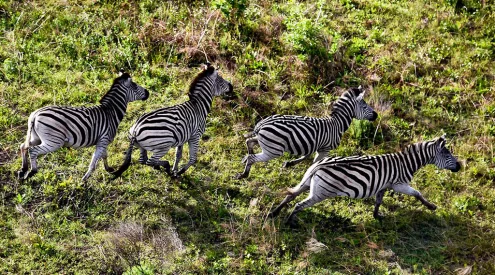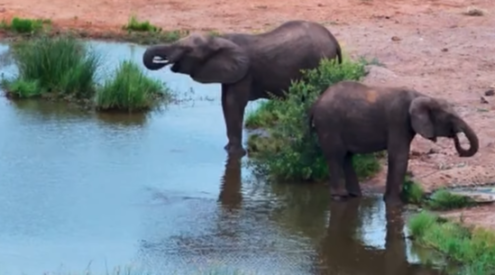According to a recent study published in PLOS ONE, a new species of tristichopterid, an ancient bony fish, has been identified by a pair of palaeontologists from Rhodes University’s Albany Museum and Geology Department and Uppsala University. Robert Gess and Per Ahlberg have analyzed the fossil specimen found in South Africa and identified it as a previously unknown species of tristichopterid, which they named Hyneria udlezinye.

Life reconstruction of the non-marine component of the Waterloo Farm biota. Hyneria udlezinye is shown together with the tetrapods Umzantsia amazana and Tutusius umlambo, the placoderms Groenlandaspis riniensis and Bothriolepis africana, the coelacanth Serenichthys kowiensis, the lungfish Isityumzi mlomomde, and a cyrtoctenid eurypterid. Painting by Maggie Newman, copyright R. W. Gess. Credit: Gess, Ahlberg, 2023, PLOS ONE, CC-BY 4.0 (creativecommons.org/licenses/by/4.0/)
Tristichopterids were a type of large bony fish that lived during the Late Devonian Period, and their fossils have been found in parts of Africa, Australia, and South America. The researchers found fossilized remains of the ancient fish at a dig site called Waterloo Farms. After studying the dermal bones, fins, skeletal parts, and previously found scales, they reconstructed nearly the entire fish. The researchers estimate the fish lived approximately 350 million years ago and were approximately 2.7 meters long, making it the largest known bony fish from the Devonian.
The fish had rear fins, suggesting it was a predator that lunged at prey. It had two main kinds of teeth, rows of small ones for chewing and pairs of large fangs for capturing and killing prey. Gess and Ahlberg suggest that H. udlezinye likely fed on four-legged creatures that stepped into ancient rivers, known as tetrapods, believed to be ancient human ancestors.
Gess and Ahlberg note, ‘This is the first time we’ve found this particular species, and we’re very excited about it. It’s a large, predatory fish that lived alongside some of our earliest ancestors. It fills in many gaps in our understanding of the evolution of bony fish and their ecosystems.’ Tristichopterids, along with many other species, went extinct at the end of the Devonian Period, approximately 359 million years ago; thus, they have left behind no descendants.
ALSO READ: New discovery: Elephant bird lineage identified from ancient eggshells
Follow us on social media for more travel news, inspiration, and guides. You can also tag us to be featured.
TikTok | Instagram | Facebook | Twitter















